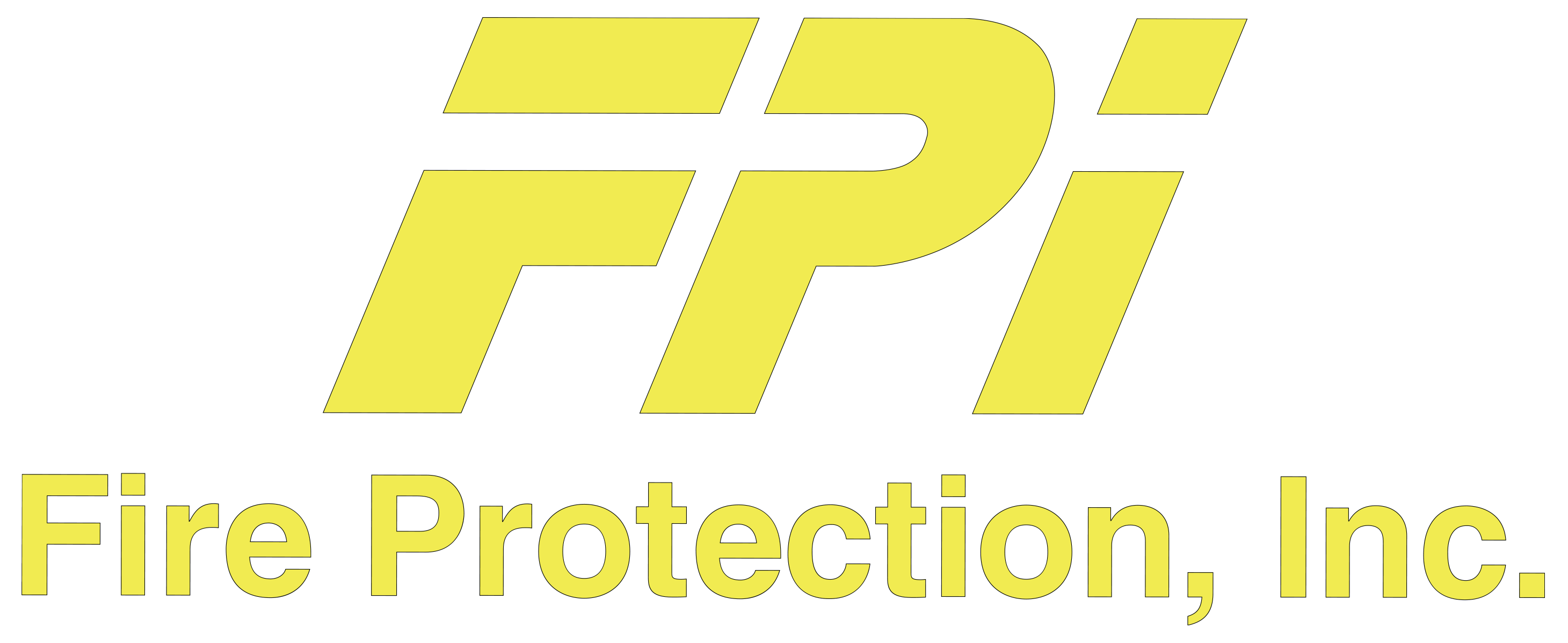For commercial property managers, fire suppression is more than a code requirement. It is a critical part of protecting assets, maintaining business operations, and keeping people safe. While traditional water-based sprinkler systems are effective in many buildings, they are not always the right choice. In some environments, water can create additional problems. Data centers, museums, server rooms, and document storage areas often require solutions that avoid water damage altogether.
In these cases, advanced fire suppression systems provide a better fit. Two common alternatives include inert gas fire suppression and foam-based fire suppression. Both offer unique advantages based on property use and risk level.
Inert Gas Fire Suppression Systems
Inert gas systems use natural gases like nitrogen, argon, or carbon dioxide to suppress fires. These gases lower the oxygen level in a space to a point where fire cannot continue, while still allowing people to exit safely within a short time frame. These systems are often used in areas that contain valuable electronics or paper records where water or chemical residue would cause damage.
Some of the key advantages of inert gas systems include:
- No mess or cleanup required after activation
- Safe for use in rooms where people may be present
- No harm to sensitive equipment
- No long-term environmental impact
These systems are well-suited for telecom rooms, server centers, and archives. Because they discharge clean gases, there is no risk of equipment corrosion or document loss. They are also flexible and can be designed for both small rooms and large spaces.
Foam-Based Fire Suppression Systems
Foam fire suppression systems are designed for properties that store flammable liquids or have a higher risk of chemical fires. These systems release a thick foam that spreads over the fire, blocking oxygen and cooling the fuel source.
They are commonly used in:
- Warehouses that store combustible materials
- Manufacturing and production areas
- Aircraft hangars
- Chemical storage buildings
Foam systems are available in low-expansion and high-expansion types. Low-expansion foam is used for wide, open spaces while high-expansion foam is effective in enclosed rooms. Choosing the right foam depends on what materials are present in the building. Commercial property managers can find detailed guidelines in the NFPA’s foam system standards, which are widely followed in the fire protection industry.
Selecting the Right Suppression System
Each building has its own fire risks and operational needs. Traditional sprinkler systems are reliable, but they are not always the best solution. Inert gas systems are often chosen for environments where electronic equipment or historical records must be protected. Foam systems are better suited for facilities with liquid fuels or hazardous materials.
The right approach depends on the layout of the building, the nature of the assets being protected, and the level of fire risk. Property managers should consult with a qualified fire safety contractor who understands these factors and can recommend a system that fits both the application and current fire codes.
Talk to Fire Protection, Inc. About Your Fire Suppression Needs
If your property requires an advanced fire suppression system that goes beyond the basic sprinkler, Fire Protection, Inc. can help. Our team works with commercial property managers to assess risk and install the right solution for each building. Whether your facility needs inert gas, foam, or another specialized system, we have the experience to deliver what works.
Contact Fire Protection, Inc. today to schedule a consultation and protect your property with the right fire suppression system.

